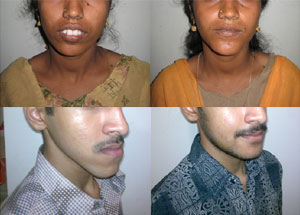 Correcting the majority of congenital craniofacial
defects, as well as some facial injuries resulting from
trauma, requires making bones longer. Distraction
osteogenesis is an effective way to grow new bone, but
it is much more difficult to accomplish in the face than
in other areas of the body. Bones must often be moved in
three dimensions, as opposed to just one, as in a limb,
and scarring must be kept to a minimum. Researchers are
attempting to improve the distraction devices used in
the face. Until recently, the mechanisms were external
and only operated along straight lines. Now,
maxillofacial surgeons can use curvilinear devices
capable of moving bone in three dimensions.
Correcting the majority of congenital craniofacial
defects, as well as some facial injuries resulting from
trauma, requires making bones longer. Distraction
osteogenesis is an effective way to grow new bone, but
it is much more difficult to accomplish in the face than
in other areas of the body. Bones must often be moved in
three dimensions, as opposed to just one, as in a limb,
and scarring must be kept to a minimum. Researchers are
attempting to improve the distraction devices used in
the face. Until recently, the mechanisms were external
and only operated along straight lines. Now,
maxillofacial surgeons can use curvilinear devices
capable of moving bone in three dimensions.
These new devices still need to be improved. They depend on patient caretakers reliably turning a screw. The next goal is to create devices that will move bone continuously, in daily increments of 1 mm. These continuously moving devices would cause less pain, wouldn't require daily patient compliance, and might promote faster bone growth. At the moment, researchers are testing a continuously moving device in animal models, and they have found that the device's components are durable, that its user interface works, and that it is tolerated by the body. When the position sensor in the device is perfected, the device will be ready to use in people.
In distraction osteogenesis procedures involving the face, it is critical that bone movements be carefully planned before a device is implanted. No existing device is capable of changing its trajectory mid-course, and small skeletal changes lead to large changes in the structure of the face. Recently researchers have developed state-of-the-art software capable of simulating the entire process of distraction osteogenesis. The 3-D planning tool uses data from CT scans to create a segmented model of the patient's skull, and it then calculates the vector of movement required to achieve desirable bone positioning. Outcome of CT scans can be overlaid on the original model to assess the effectiveness of the procedure. In the future, researchers hope that the distraction devices used in maxillofacial procedures will continue to improve, along with the corresponding software.
RESULTS: All patients achieved lengthening of their jaws. However, premature consolidation was noted in two patients, and one patient had significant relapse.
Dental Care
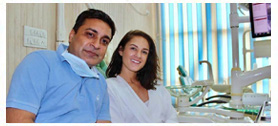
Regular dental care is an important part of oral health. Having healthy teeth and gums isn't a given, though.

Dental Tourism
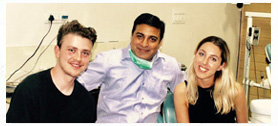
Our dental tourism packages, transport you to the world of royalty in all its regal splendor. An experience of a lifetime awaits you...

Brushing your teeth
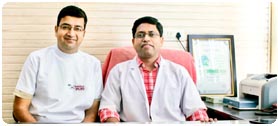
Your teeth are meant to last a lifetime! Tooth decay, or cavities, and periodontal disease, also known as gum disease, can ..

Oral Health Problems
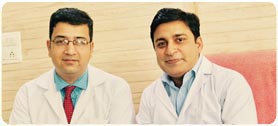
If one or more of your teeth are missing, there are a number of ways to replace them. An alternative to bridges, partials or complete...

Patient Gallery
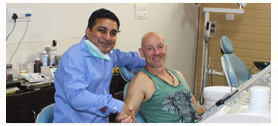
Here's just a few "before-and-after" photos of some of our most common procedures. Come in and see how we can enhance your smile.

